Report this entry
More from the same community-collection
Storm above downtown El Paso August 2006
Photo of a storm system above downtown El Paso during the flood ...
Storm above downtown El Paso August 2006
Storm clouds above downtown El Paso August 2006. Storm systems ...
El Paso Sheriff's Posse Stagecoach Sun Carnival Parade 2013
The El Paso Sheriff's Posse has supported the Sun Carnival ...
El Paso Sheriff's Posse Stagecoach Sun Carnival Parade 2013
The El Paso Sheriff's Posse stagecoach appears in the Sun ...
El Paso Sheriff's Posse Stagecoach Sun Carnival Parade 2013
The El Paso Sheriff's Posse stagecoach appearing in the 2013 Sun ...
El Paso Sheriff's Posse Sun Carnival Parade 2013
Members of the El Paso Sheriff's Posse ride in the Sun Carnival ...
Union Pacific Locomotive, Mt. Cristo Rey
UP Locomotive passes through a canyon near Mt. Cristo Rey at ...

















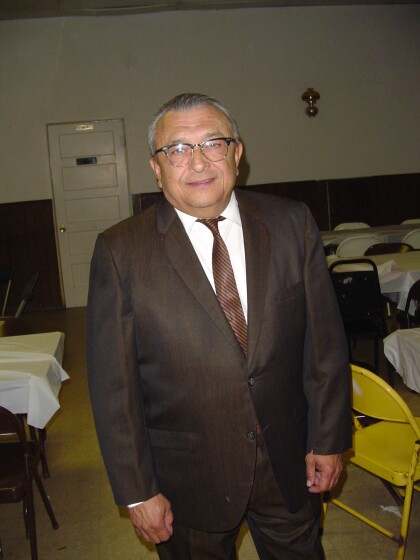
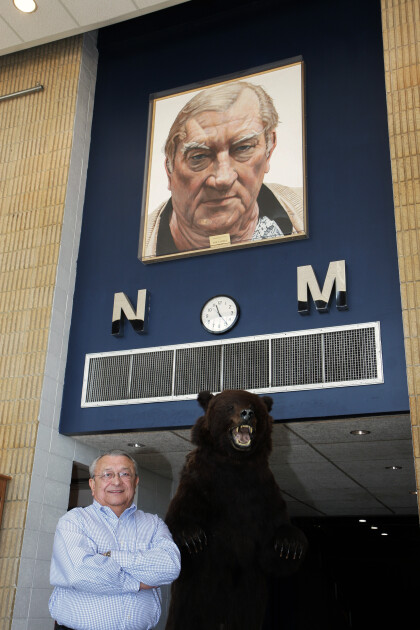

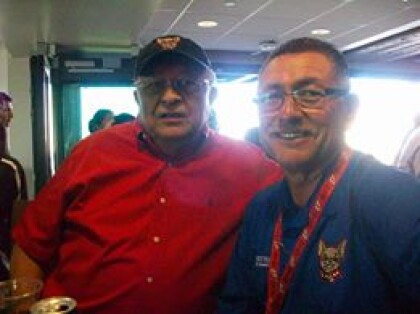
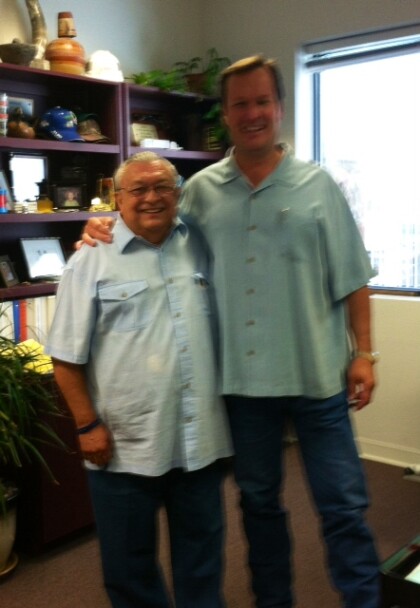
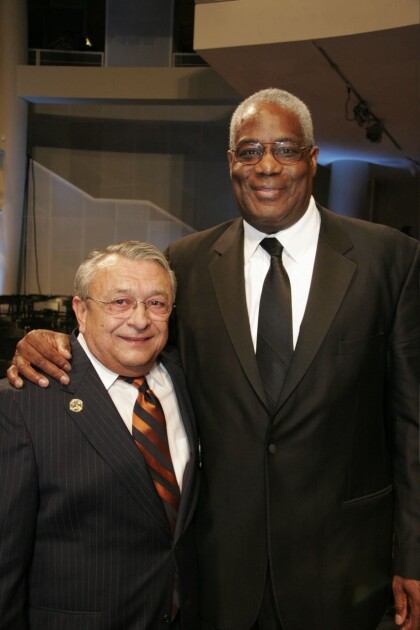
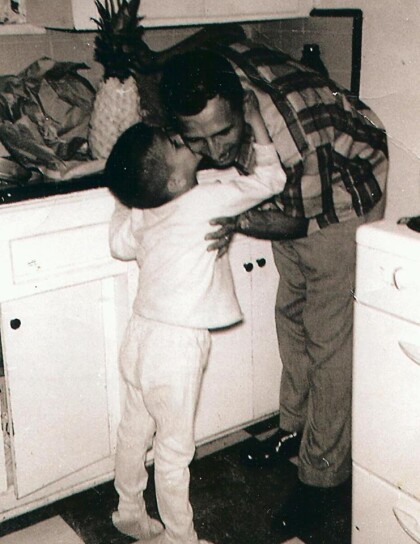
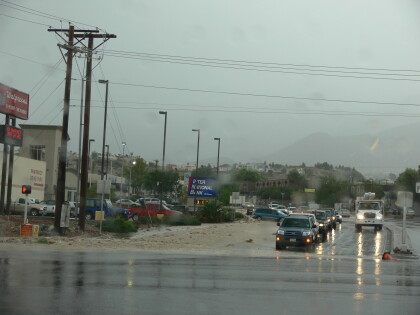
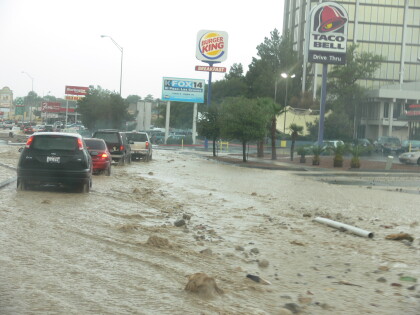
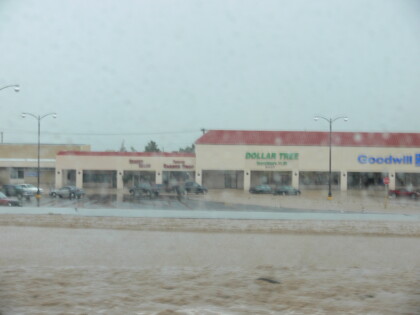
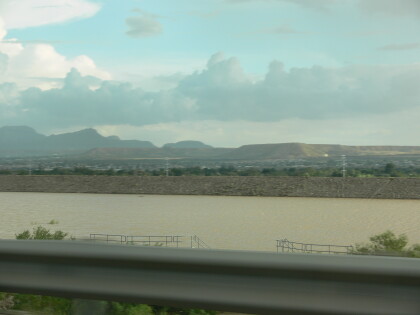
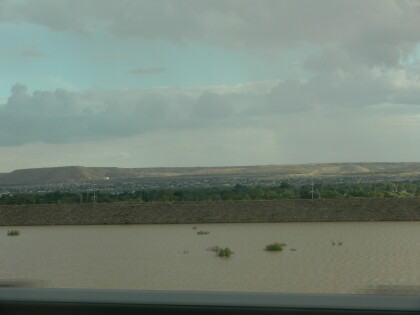
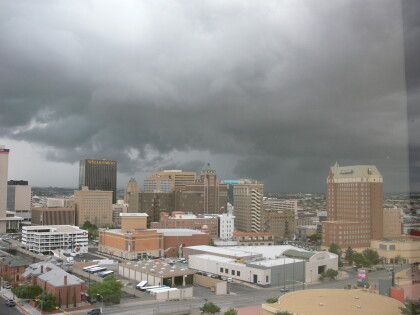
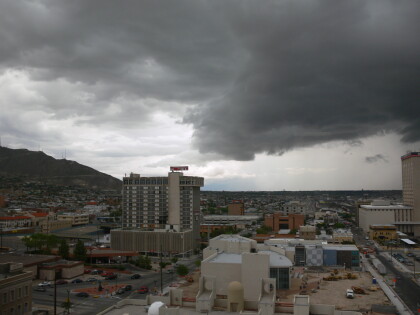
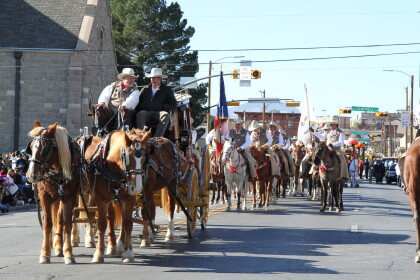
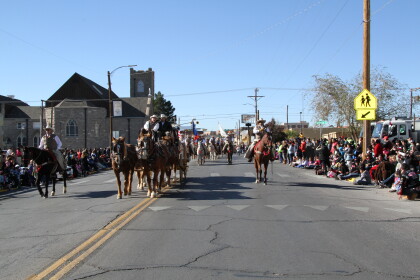
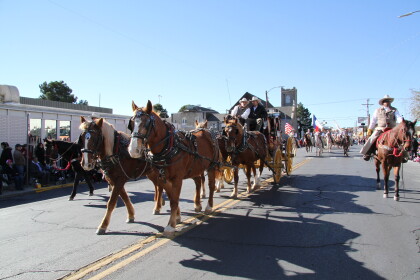
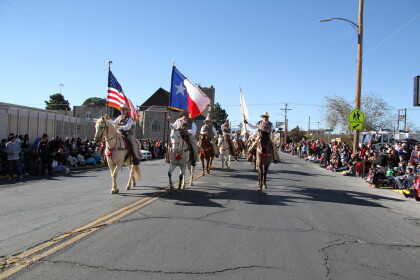
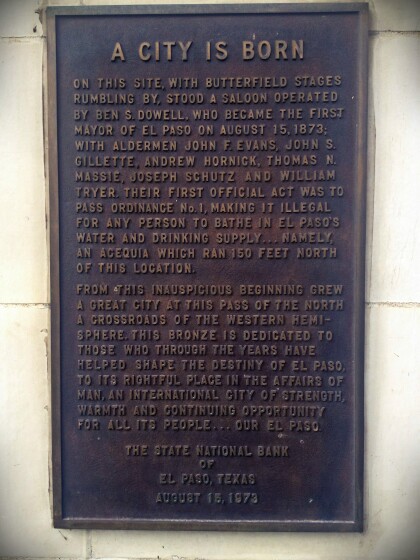
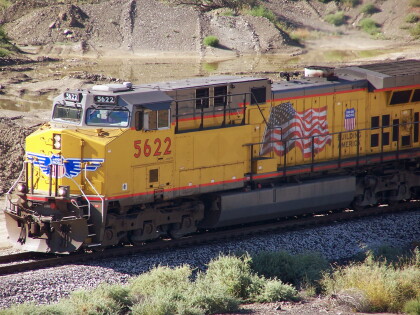
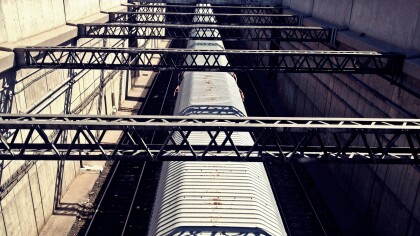
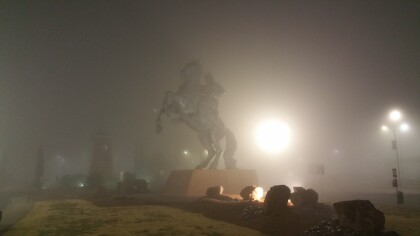
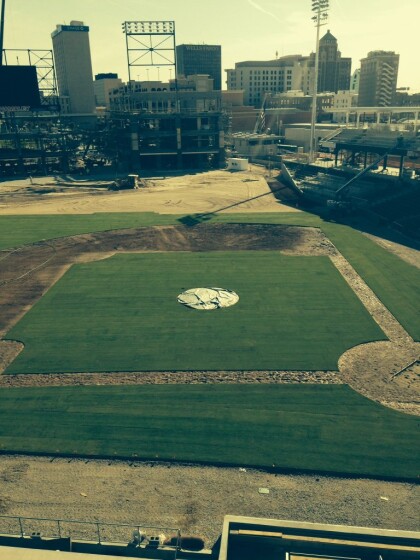
Comments
Add a comment